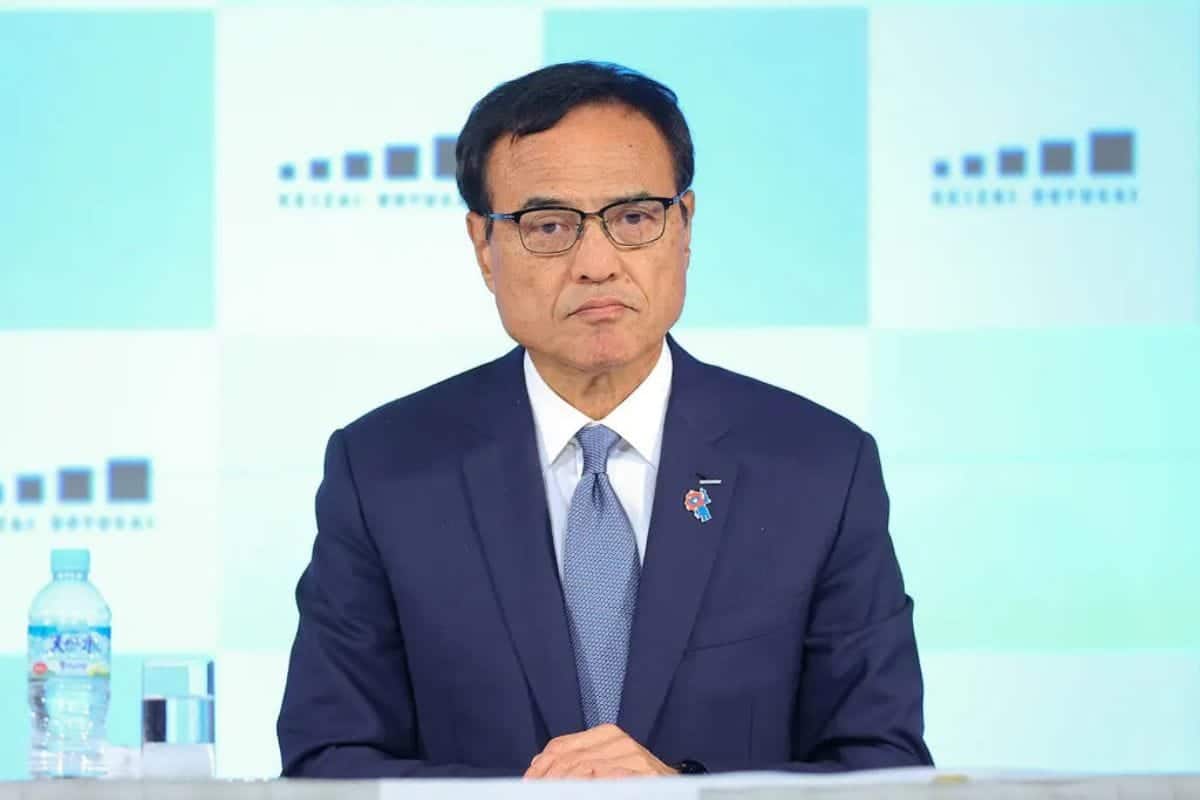After an earlier reorganisation failed to put the U.S. no-frills pioneer Spirit Airlines on a stronger financial footing, the airline filed for bankruptcy protection on Friday for the second time in a year.
The Florida-based carrier has been struggling with declining funds and growing losses since emerging from its initial bankruptcy in March.
It reported a net loss of roughly $246 million for the three months ending in June. The business reported last week that it borrowed the full $275 million available under its revolving credit facility due to a cash crunch.
Spirit warned earlier this month that it might cease operations if its financial results did not improve quickly, which set the stage for its Chapter 11 filing.
You might like also – Trump’s Take on Court’s Tariff Ruling: ‘Will No Longer Tolerate’
CEO Dave Davis stated, “It has become evident that there is a lot more work to be done and a lot more tools are available to best position Spirit for the future since emerging from our previous restructuring, which was focused exclusively on reducing Spirit’s funded debt and raising equity capital.”
The business filed for bankruptcy under Chapter 11 in the Southern District of New York. With regard to possible funding that might be required later in the proceedings, Spirit stated that it was collaborating effectively with its secured noteholders.
According to executives and industry analysts, Spirit’s problems were caused by its inability to address its excessive cost structure during the initial bankruptcy. In the most recent quarter, its operating expenses totaled $1.2 billion, or 118% of its quarterly revenue.
Additionally, Spirit and aircraft lessor AerCap Holdings are at odds over a contract involving 36 Airbus aircraft that are scheduled for delivery in 2027 and 2028.
The airline stated that it would lessen its presence in specific markets as part of its reorganisation. To drastically reduce its debt and lease commitments, it will also reduce its fleet. According to the estimate, that would result in yearly operating savings of hundreds of millions of dollars.
Rivals have benefited from the airline’s difficulties; Frontier Airlines has added routes and plans to expand even more.
Read full Post – VanEck Predicts EU’s Shift Toward Trump’s Crypto Model
As it restructures, carriers like Frontier, Southwest, and United Airlines may be interested in purchasing Spirit’s aircraft and other assets, according to analysts and industry executives.
Spirit stated that all employees, including contractors, will continue to receive their salaries and benefits. During the bankruptcy process, it will also fulfill its future obligations to its suppliers and vendors.
After years of losses, unsuccessful merger attempts, and mounting debt, Spirit—known for its bright yellow jets—became the first significant U.S. carrier to file for bankruptcy last November.
Following its March bankruptcy exit, it relisted its shares on the NYSE American exchange and attempted to rebrand as a more premium airline in order to capitalize on the growing demand for upscale travel.
However, its calculations were upset by a decline in travel spending in the U.S. market as a result of President Donald Trump’s budget cuts and trade wars.
Since relisting, its stock had been declining. During Friday’s extended trading, Spirit’s stock dropped 44%. The business anticipates that the exchange will delist its shares.
The airline announced that it will intensify its efforts to offer customers first-rate travel options. It stated on Friday that flights, ticket sales, reservations, and operations would all continue.
Before switching to aviation in the 1980s, Spirit started out as a long-haul trucking company in 1964. At first, it operated vacation packages under the name Charter One Airlines.
In 1992, it changed its name to Spirit and established a reputation as a low-cost airline for tourists on a tight budget who are prepared to forgo extras like seat assignments and checked baggage.
However, as demand shifted toward more comfortable, experience-driven travel, the pandemic upended that model, making it difficult for ultra-low-cost carriers to adjust.
During its last reorganization, the airline converted roughly $795 million of its debt into equity. Existing investors had also contributed $350 million in equity.
Source : Reuters









